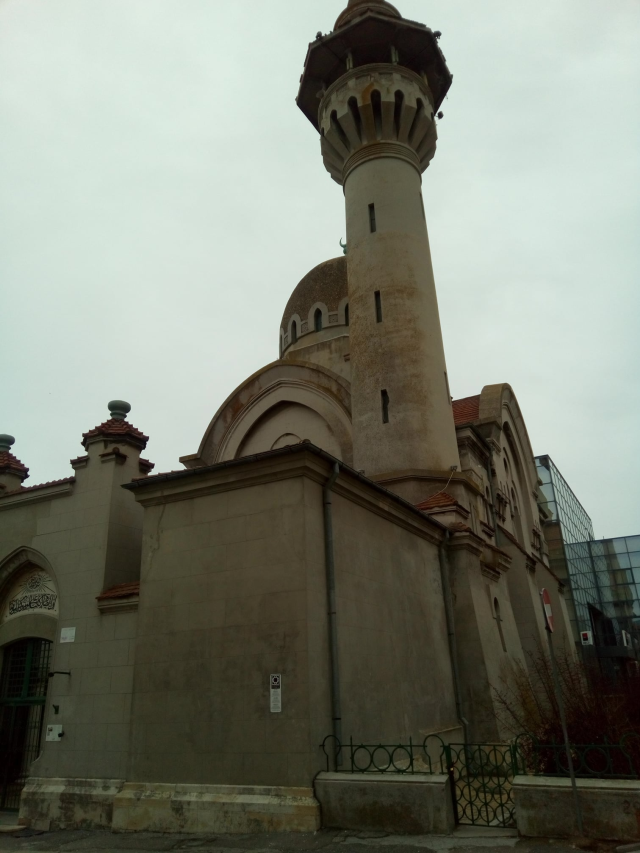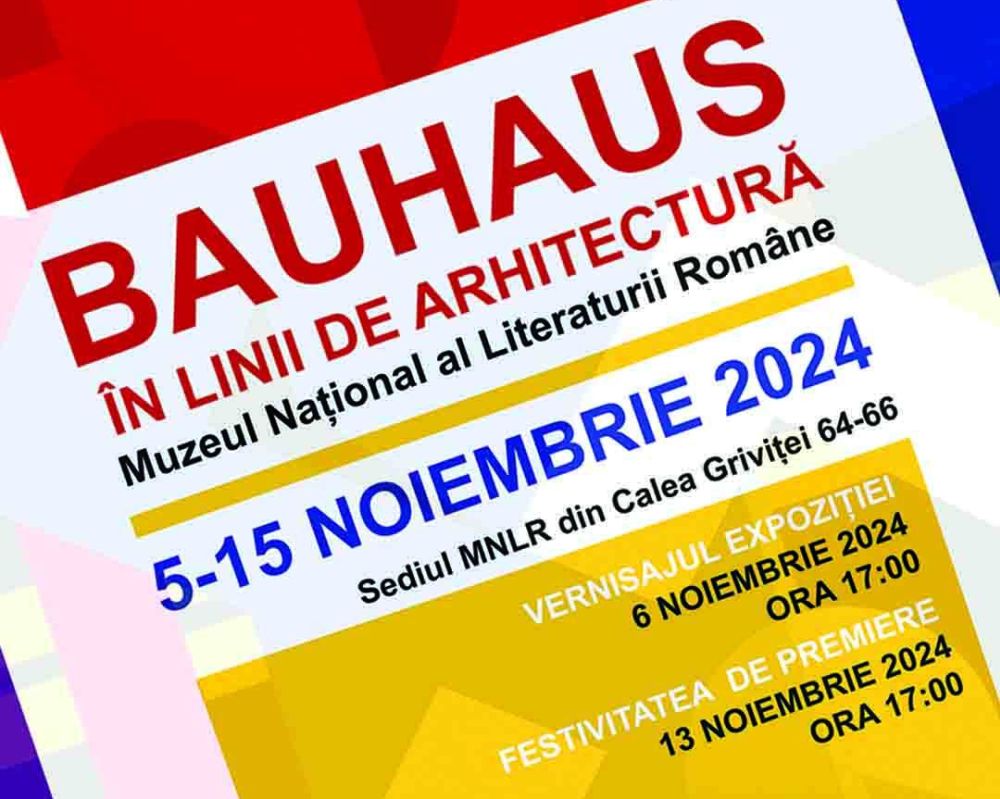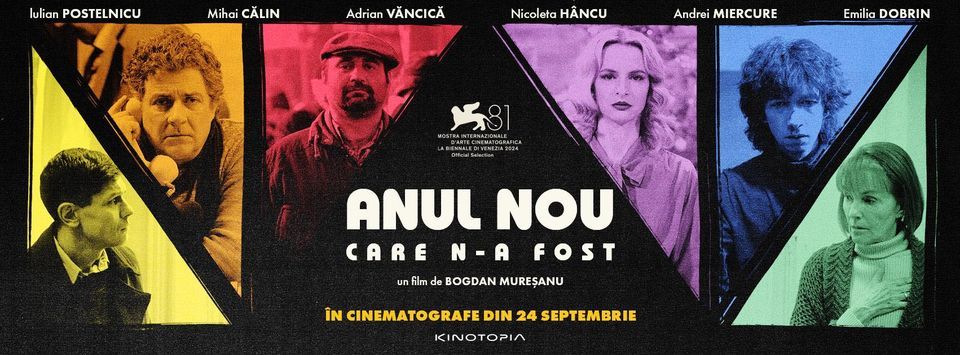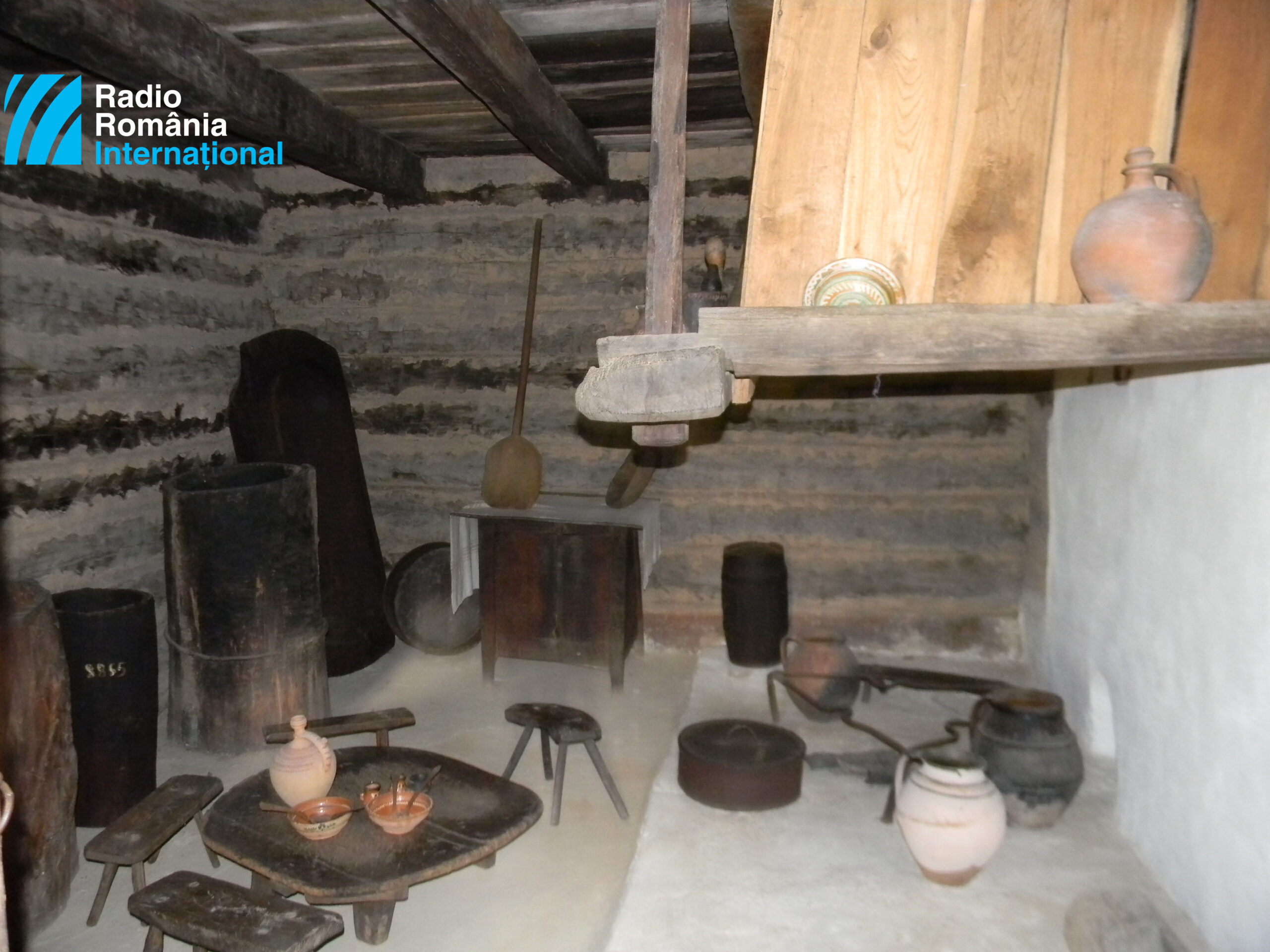The Confessional Octagon
This octagon tells the story of the city of Constanta

Ana-Maria Cononovici, 31.01.2023, 15:32
Eight places of worship placed over a surface of eight square km, in the old area of the city of Constanta, on the shore of the Black Sea, speak volumes about the multi-millenial history of many ethnic and religious communities living together in this area. Our guest today, telling us this fascinating story, is Valentin Coman, tourist guide:
“Basically, this octagon tells the story of the city of Constanta from the moment when the Ottoman sultan decided to build a railroad in 1860, and a village of fishermen and shepherds became an exuberant community, with an eye for the future. Later on, after the War of Independence, it goes under Romanian administration, and the Romanian community started growing naturally, obviously alongside each of the other communities, where each had their own place of worship. One of the oldest is the Metamorphosis Greek Church, built in mid-19th century by a very open minded sultan. It is said that the land the church was built on, a Christian place of worship, was donated by Sultan Abdul-Aziz, the 32nd Ottoman sultan. Also, within that same period, the Hunkiar mosque was built, the oldest Muslim place of worship in Constanta, which has a story behind the story, because it was built on the location of an older mosque, which itself has an older story.”
Going down the historical thread, Valentin Coman continues:
“Most places of worship we find right now in the old city, in a Constanta that is beautiful, colorful, diverse, cosmopolitan, was created between 1860 and WWII, and belongs to the communities that took root here during this period. The Bulgarian community, unfortunately, was lost to us, because the Romanian and Bulgarian states signed the Treaty of Craiova, having to do with the old issue of the Cadrilater, and as a result the Bulgarian community left Dobrogea almost to a person. We also have the Grand Synagogue, still standing, but unfortunately badly damaged. It probably ended up this way because the great community of Jewish traders in Constanta slowly waned, and the dark days of WWII whittled it down almost completely. The mere 40 to 50 people that make up the Jewish community now did not have the strength to take care of their place of worship, the second in the city, but the Grand Synagogue, damaged as it is, tells the story of an older synagogue. This was the Ashkenazi Synagogue, which itself was built on a space that is now vacant, as a memento, next to the Grand Synagogue. We then have the Armenian church, which also tells a story, because basically the church we see today is the former Armenian school. It is the church of this great community of traders, which also left us a few exceptional buildings, among which I would like to mention the Lion House, perhaps the third most beautiful and special heritage building in Constanta. This community had a small wooden church, which perished in a devastating fire. Then the community decided that half the school building be made into a church. They attached a small and beautiful stone belfry to the school, turning it into a spiritual venue.”
Our interlocutor, Valentin Coman, told us that there are plenty more stories to be told, because under these buildings we find the old basilicas of Tomis:
“Of course, here we have maybe the most imposing places of worship in Constanta. We have the SS Peter and Paul Cathedral, the first Romanian language Orthodox church, built in late 19th century, which has a fabulous story, which also weathered terrible wars, being gravely damaged by a bombing raid. We also have the Carol I mosque, the only known mosque to bear the name of a Christian, King Carol I. In fact, it is referred to as the Kings Mosque, in recognition of the gesture that the king made towards the population of Dobrogea, a statement that we are all citizens, brothers, tolerant and understanding towards each other, eager to live alongside each other rather than apart. The mosque is the first reinforced concrete building in Romania, upon the wish of the king. It is a gift to the Muslim community of Dobrogea, and is also a place that has always been open to visitors. Let us then not forget the superb Roman Catholic church, St. Anthony of Padua, itself built on the location of an older church. As I was telling you, around 1860 the British arrived here to start building a railroad between Constanta and Medgidia, which then was extended to Cernavoda. This Catholic cathedral had a very hard time being built, it was done with great effort, with many donations. But that makes its story the more beautiful. During WWII it was seen as so beautiful and solid, a protector of the city, that Soviet troops that took over the city used it as a munitions depot. Today it is just a beautiful cathedral pursuing its spiritual mission.”






























